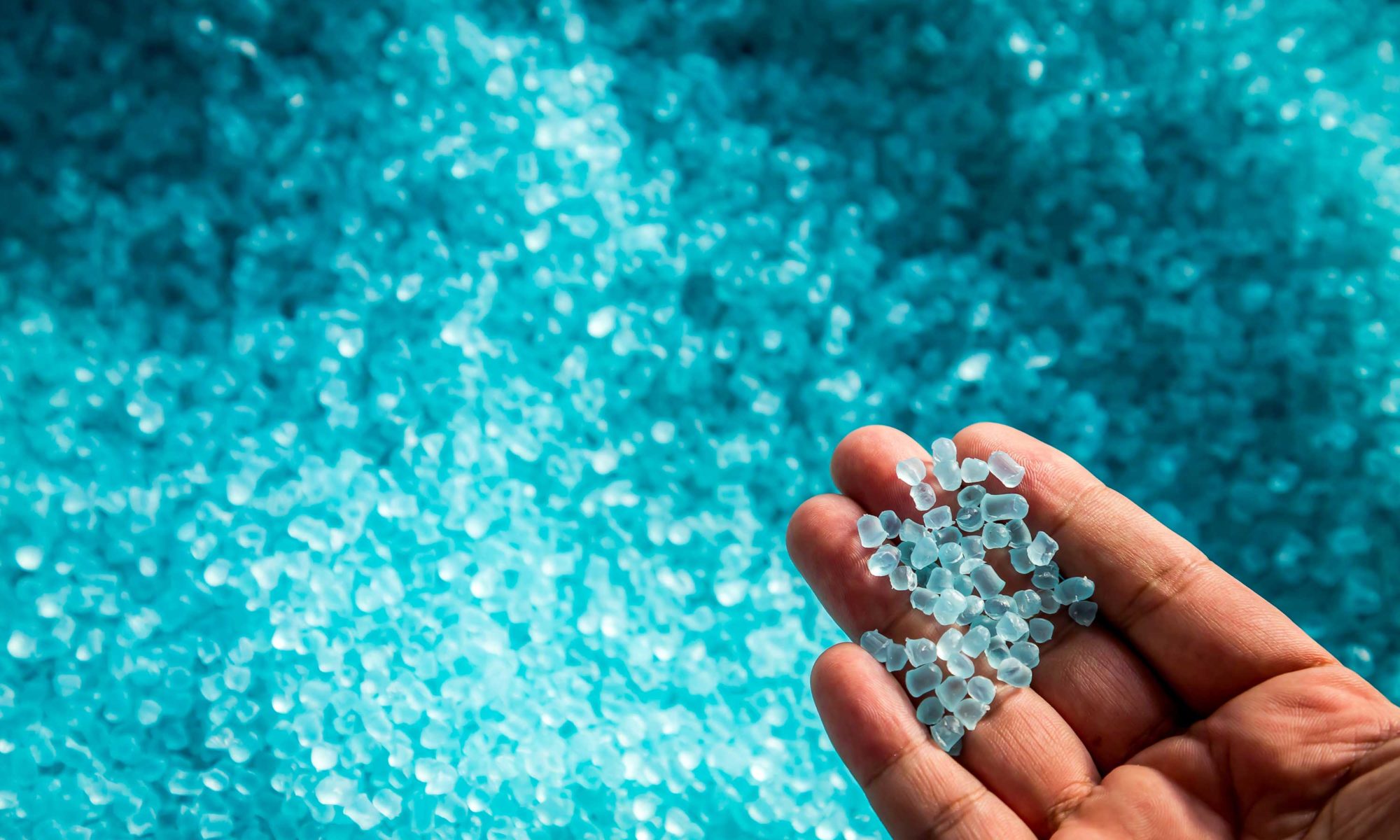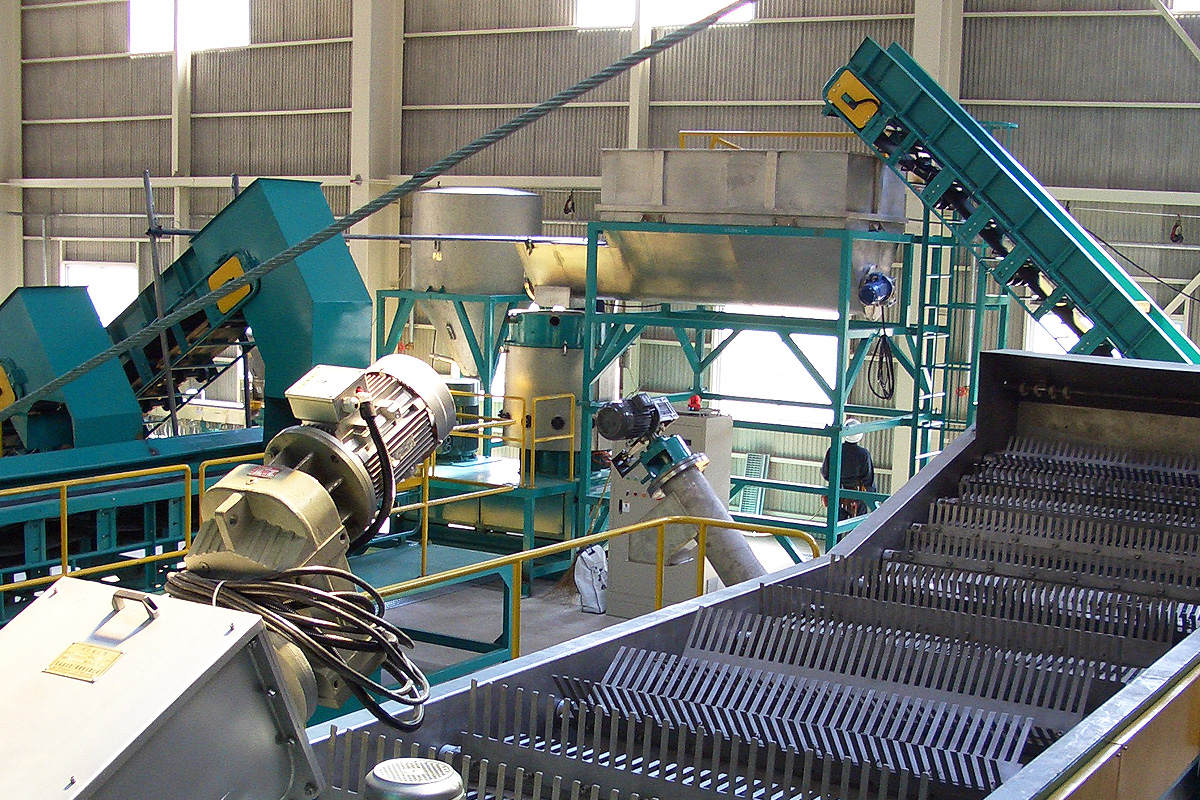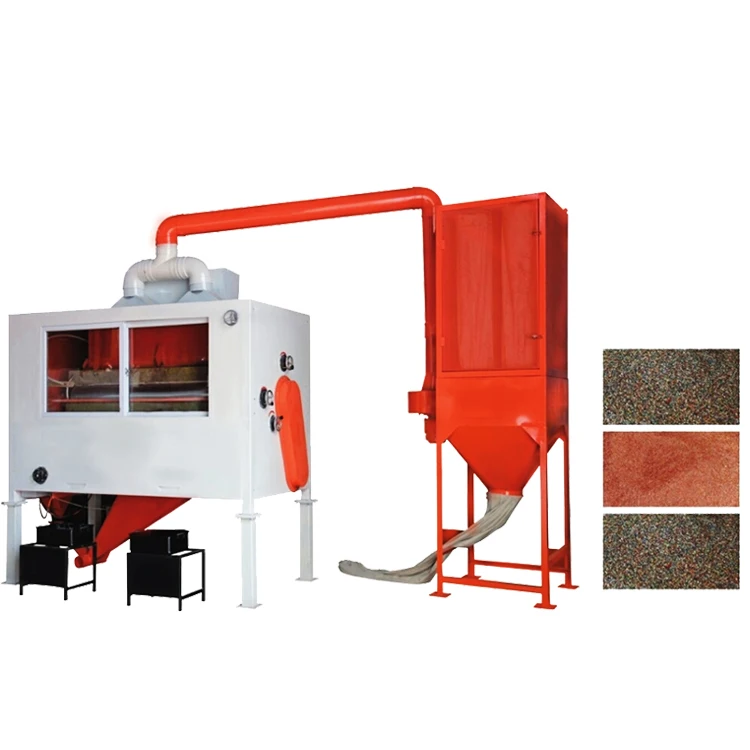Effective plastic sorting is critical for maximizing recycling efficiency, reducing environmental impact, and enhancing the economic value of recovered materials. For industry professionals and international traders, understanding the machinery and methodologies for sorting plastic from crushed waste is essential. This guide provides a comprehensive overview of techniques, equipment selection, and best practices to optimize your plastic recovery process.
The Critical Role of Plastic Sorting in Modern Recycling

Waste plastics represent one of the most common recyclable materials globally, with sorting processes varying significantly based on material composition and condition. Complex mixed crushed materials require specialized sorting approaches to achieve optimal separation and purity levels.
While manual sorting methods were historically employed, modern recycling operations rely almost exclusively on automated machinery to meet volume requirements and quality standards. Manual sorting now primarily serves as supplementary support for machine operations or for processing easily identifiable materials in limited quantities.
Key Benefits of Advanced Plastic Sorting
- Material-Specific Sorting: Enables production of higher-quality recycled products with consistent material properties
- Color Separation: Creates visually uniform materials suitable for premium applications
- Condition-Based Sorting: Identifies and separates materials based on quality and contamination levels
- Increased Profitability: Higher purity materials command better market prices
- الامتثال البيئي: Meets increasingly stringent recycling and sustainability standards

The economic value of recycled plastic directly correlates with material purity. Single-material plastics without contamination are significantly more valuable and suitable for high-quality remanufacturing applications. For example, crushed materials from appliances like refrigerators and air conditioners often contain silica gel, metals, and other contaminants that reduce their market value without proper sorting.
Common Recycled Plastic Materials and Their Properties
The plastic recycling industry processes numerous material types, each with distinct characteristics and recycling requirements:
| نوع البلاستيك | صعوبة المعالجة | Recycling Challenges |
|---|---|---|
| ABS | Electronics housings, automotive parts | Often contains flame retardants |
| PS | Packaging, disposable containers | Brittle, easily contaminated |
| 160-170°C | Automotive components, containers | Density similar to contaminants |
| 250-260°C | Beverage bottles, food containers | PVC contamination issues |
| بولي فينيل كلورايد (PVC) | Pipes, flooring, medical devices | Chlorine content, toxic when burned |

Advanced Sorting Technologies for Crushed Plastic Materials
Primary Sorting and Contaminant Removal
Automated Sorting Machines represent the foundation of modern plastic recovery operations. These systems effectively remove silica gel, rubber, wood chips, dust, and other contaminants from plastic materials, making them ideal for processing crushed household appliance materials. آلة رومتو offers state-of-the-art sorting systems designed specifically for complex material streams.

Density-Based Separation Systems
Rinsing and Flotation Machines utilize density differences to separate materials. In water-based systems, PP materials typically float while other plastics sink. Saltwater solutions enable separation of ABS, PS, and other materials based on specific gravity differences. These systems effectively separate materials but may require additional processing to remove remaining contaminants.

Optical Sorting Solutions
Color Sorting Machines provide precise color-based separation capabilities. These advanced systems use optical sensors to identify and separate materials by color, significantly enhancing the value of sorted materials for specific applications where color consistency is critical.
Electrostatic Separation Technology
Electrostatic Sorting Machines utilize differences in electrical properties between plastic types to achieve high-purity separation. These systems can typically separate two to three different materials simultaneously, with efficiency decreasing as additional material types are added to the process.

Specialized Sorting Applications
PET Bottle Recycling Systems
PET Bottle Sorting Machines specialize in separating PET materials from other plastics, particularly PVC and PE contaminants. These systems typically employ high-voltage electrostatic technology to achieve the precise separation required for food-grade PET recycling.
The Critical Importance of PVC Removal
PVC presents significant challenges in plastic recycling due to its non-degradable nature and potential environmental hazards. When burned, PVC releases toxic gases, making proper separation essential for both environmental protection and product quality. Effective PVC removal ensures compliance with environmental regulations and maintains the quality of recycled materials.
Applications of Recycled Plastic Materials
Sorted and purified plastic materials find applications across numerous industries:
- التصنيع: New bottles, containers, and packaging materials
- البناء: Building materials, piping, and insulation products
- السيارات: Interior components, under-hood parts, and exterior trim
- Consumer Goods: Toys, furniture, and household products
- | استعادة الطاقة |: Alternative fuel production and energy generation
Environmental and Economic Benefits of Advanced Plastic Sorting
Implementing modern sorting technologies delivers significant advantages:
- Resource Conservation: Reduces virgin material consumption
- Pollution Reduction: يقلل تأثير النفايات البلاستيكية على البيئة
- كفاءة الطاقة: استعادة المواد الخام تستهلك طاقة أقل من إنتاج المواد الخام الأصلية
- فرص إقتصادية: تخلق وظائف وفرص أعمال في صناعات إعادة التدوير
- تقليل انبعاثات الكربون: تقلل انبعاثات غازات الدفيئة مقارنة بإنتاج البلاستيك الأصلي
الأسئلة المتداولة
س: ما هي أكثر طرق تصنيف المواد البلاستيكية المختلطة فعالية؟
ج: بالنسبة للمواد المختلطة المعقدة، عادة ما يوفر مزيج من الفصل بناءً على الكثافة، والفصل الكهربائي، والفصل البصري أفضل النتائج. يختلف الأسلوب المحدد بناءً على تكوين المواد والجودة المطلوبة للمنتج.
س: كيف يعمل الفصل الكهربائي للبلاستيك؟
ج: يستخدم الفصل الكهربائي الفروق في إلكترونية المواد البلاستيكية. تتلقي المواد شحنة كهربائية وتُفصل بناءً على كيفية تفاعلها مع الألواح أو الدوارات المزودة بشحنة.
س: ما هي نسبة النقاء التي يمكن للآلات الحديثة تحقيقها؟
ج: يمكن للنظم المتقدمة من شركات مثل آلة رومتو تحقيق مستويات نقاء تتجاوز 98% للعديد من تركيبات المواد، بناءً على مستوى التلوث الأولي وخصائص المواد.
س: ما هي أهمية تصنيف اللون في إعادة تدوير البلاستيك؟
ج: يؤثر تصنيف اللون بشكل كبير على قيمة المواد، خاصة في التطبيقات التي تتطلب توازنًا في اللون. يمكن لفصل اللون المناسب زيادة قيمة المواد بنسبة 20-50% بناءً على ظروف السوق.
س: ما هي نوع الصيانة التي تحتاجها آلات تصنيف البلاستيك؟
ج: تشمل الصيانة المنتظمة تنظيف أجهزة الاستشعار، فحص المكونات الميكانيكية، وتحديث البرمجيات. تشمل معظم الأنظمة الحديثة قدرات التشخيص الذاتي والمراقبة عن بعد لتحقيق أداء مثالي.
س: هل يمكن للآلات الخاصة بالتصنيف التعامل مع المواد الرطبة أو الملوثة؟
ج: بينما يمكن للعديد من النظم معالجة المواد الملوثة، يتطلب الأداء الأمثل تنظيفًا مسبقًا. تختلف القدرات المحددة بناءً على نوع الآلة وشروط الشركة المصنعة.
الخاتمة
يتطلب تصنيف البلاستيك من المواد المكسرة معدات متقدمة ومعرفة متخصصة بمواصفات المواد. من خلال تنفيذ تقنيات تصنيف متقدمة من قادة الصناعة مثل آلة رومتو، يمكن للعمليات التدويرية تحسين نقاء المواد بشكل كبير، زيادة الكفاءة المالية، والمساهمة في الاستدامة البيئية. يستمر تطور تقنية التصنيف في تحسين الكفاءة وتوسيع إمكانيات إعادة تدوير البلاستيك، مما يجعل اختيار وتشغيل المعدات المناسبة أمرًا حيويًا لتحقيق النجاح في سوق إعادة التدوير التنافسي اليوم.
